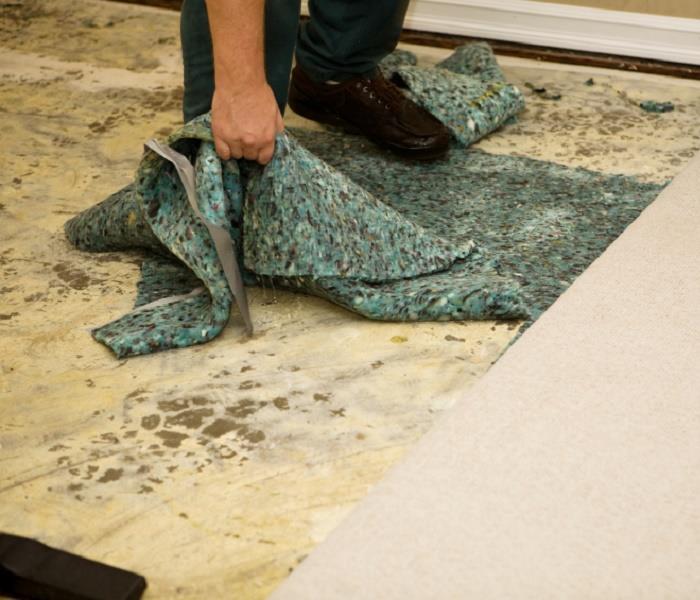Should You Mitigate?
7/1/2016 (Permalink)
When it comes to Water Damage, it is critical to have proper mitigation as soon as possible to prevent the spread of damage. But what exactly is mitigation?
Mitigation is defined as the action of reducing the severity, seriousness, or painfulness of something.
In the case of a water loss, part of what is done to reduce the severity of damage is to extract any excess or standing water from the site. Standing water in a structure can be very dangerous and has a very high potential to increase the severity of the damage by seeping through building materials such as carpet, padding, wood floors, vinyl and even walls! But it doesn’t stop there, if left unchecked it can damage furniture, create rust stains, destroy paper goods and worst of all it can accelerate bacterial and fungal growth leading to mold. All of this can also be done by any unchecked moisture and not just by excess or standing water. This is why it is critical to have quick mitigation but also a proper restoration as a whole.
So, Why Mitigate?
• Mitigation reduces the losses of life and property
• Mitigation enables people to recover more quickly from disasters
• Mitigation lessens the financial impact of disasters
When to Mitigate:
• Water damage
• Fire
• Vandalism
• Crime Scene






 24/7 Emergency Service
24/7 Emergency Service
